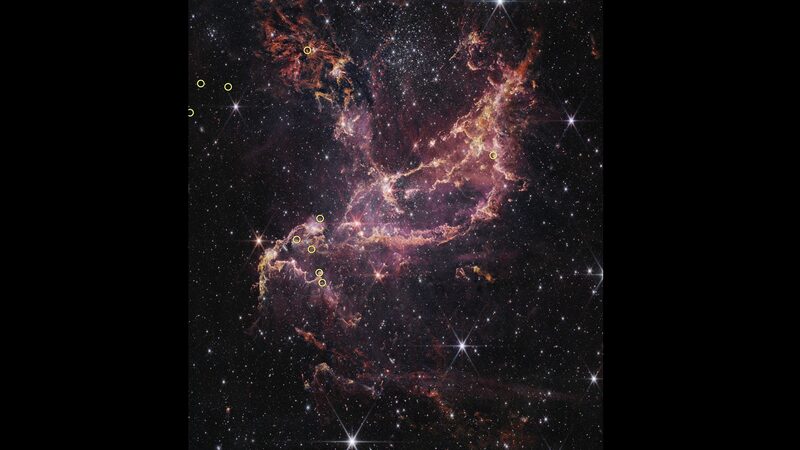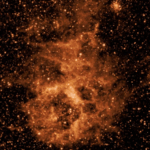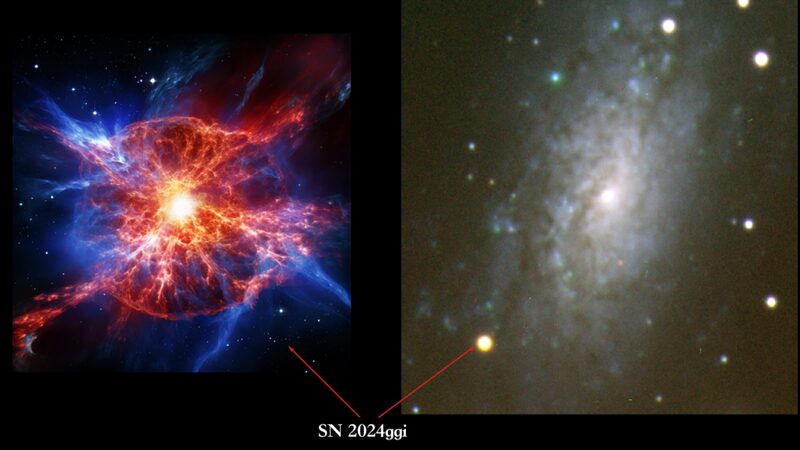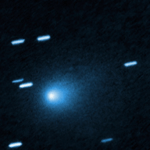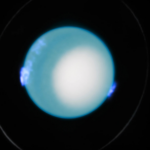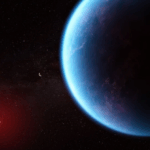🚀 Exciting news from NASA! The James Webb Space Telescope has discovered that planet-forming disks in the early universe lasted longer than scientists previously thought. This groundbreaking discovery sheds new light on how planets formed billions of years ago.
Back in 2003, NASA's Hubble Space Telescope spotted a massive planet orbiting a star almost as old as the universe itself. These ancient stars had only trace amounts of heavy elements, which are essential building blocks for planets.
Fast forward to today, Webb's advanced observations of stars in a nearby galaxy—similar to the early universe with scarce heavy elements—have confirmed that not only do these stars have planet-forming disks, but these disks also endure longer than those around young stars in our Milky Way.
\"With Webb, we have a really strong confirmation of what we saw with Hubble, and we must rethink how we model planet formation and early evolution in the young universe,\" said Guido De Marchi from the European Space Research and Technology Centre in the Netherlands.
This discovery hints that some planets had ample time to form and grow massive, potentially even larger than Jupiter, within their primordial disks. 🌠 Stay tuned as scientists continue to unravel the mysteries of our universe with James Webb's incredible insights!
Reference(s):
Webb finds planet-forming disks lived longer in early universe
cgtn.com
